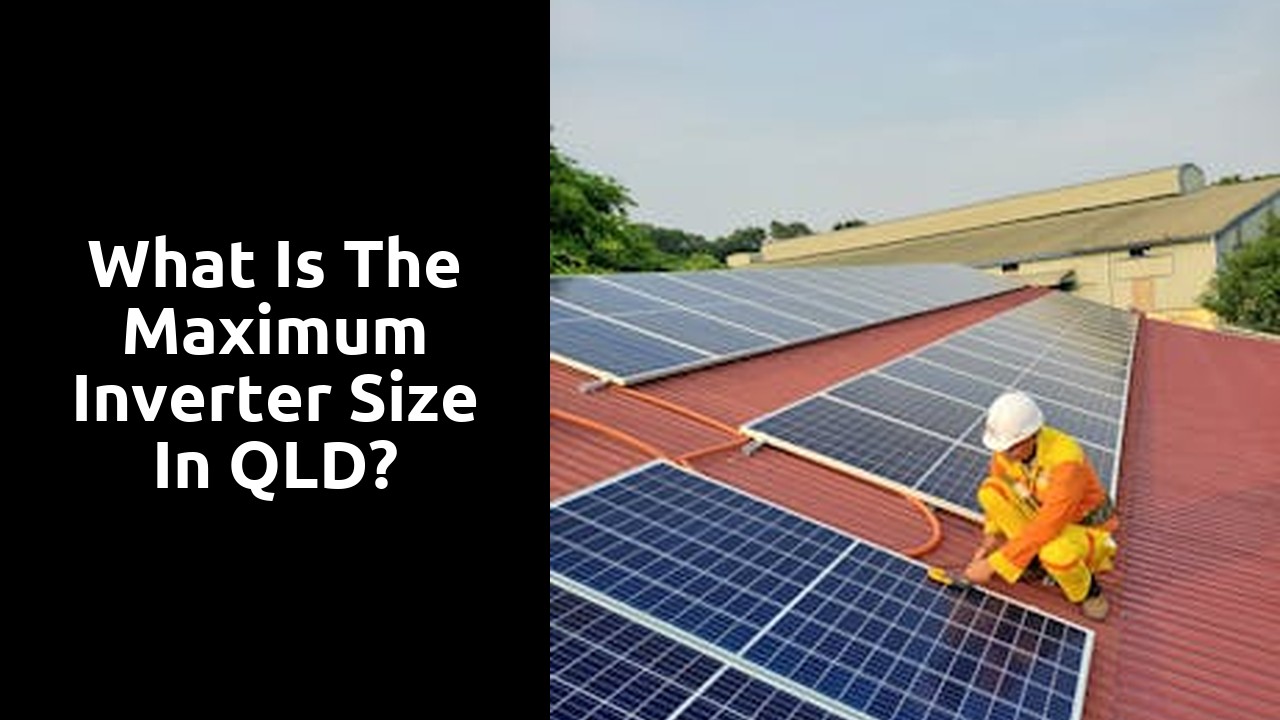
Regulations and Codes for Solar Inverter Installation
Regulations and codes play a vital role in ensuring the safe and efficient installation of solar inverters. In Australia, all aspects of Solar Inverter Installation must comply with the relevant standards and guidelines set forth by the Clean Energy Council (CEC). These regulations are in place to guarantee that the solar inverter system is installed correctly, minimizing risks and maximizing performance. Failure to adhere to these regulations can result in safety hazards and may void warranties on the system.
Additionally, local building codes and regulations must be considered when planning the placement of solar inverters. These regulations often dictate the distance required between the solar inverter and other building components, such as walls or windows. By following these regulations, installers can ensure that the solar inverter is placed in an optimal location that meets both safety and performance requirements.
Compliance Standards for Inverter Placement
"Compliance with industry standards and regulations is crucial when considering solar inverter placement. The Clean Energy Council in Australia outlines specific guidelines for the positioning of inverters to ensure safety, efficiency, and longevity. These standards are in place to guarantee that Solar Inverter Installation adheres to best practices and does not compromise the overall performance of the system."
. By keeping the inverters clean and inspecting them regularly, you can prevent potential malfunctions and costly repairs. In addition to cleaning, it is recommended to schedule professional inspections at least once a year to ensure that the inverters are functioning correctly and to address any issues promptly.
FAQS
Are there specific regulations and codes for installing solar inverters? Related Links
Yes, there are regulations and codes that dictate where and how solar inverters should be installed to ensure safety and performance. It is important to comply with these standards to prevent any issues. ###
What are the compliance standards for solar inverter placement?
Compliance standards for solar inverter placement typically focus on factors such as distance from other equipment, ventilation requirements, and protection from environmental elements. These standards vary by location and should be adhered to for proper installation. ###
What are the considerations for indoor vs. outdoor solar inverter placement?
Indoor placement offers better protection from weather elements, while outdoor placement allows for easier ventilation and maintenance access. The choice between the two depends on factors like available space and local regulations. ###
What are the benefits and drawbacks of indoor vs. outdoor solar inverter installation?
Indoor installation provides better protection from the elements and potential theft, but may require additional cooling systems. Outdoor installation offers better ventilation but requires protection from environmental factors like rain and sunlight. ###
What are some maintenance tips for optimal solar inverter performance?
Regular cleaning and inspection of solar inverters are essential for optimal performance. Keeping the inverters free from dust and debris, checking for loose connections, and monitoring performance metrics can help prolong their lifespan. ### What is the limit on solar inverters in Qld?
How should I clean and inspect solar inverters for longevity?
To ensure longevity, regularly clean the inverters using a soft brush or cloth to remove any dirt or debris. Inspect for signs of wear, loose connections, or damage, and address any issues promptly to maintain optimal performance.
